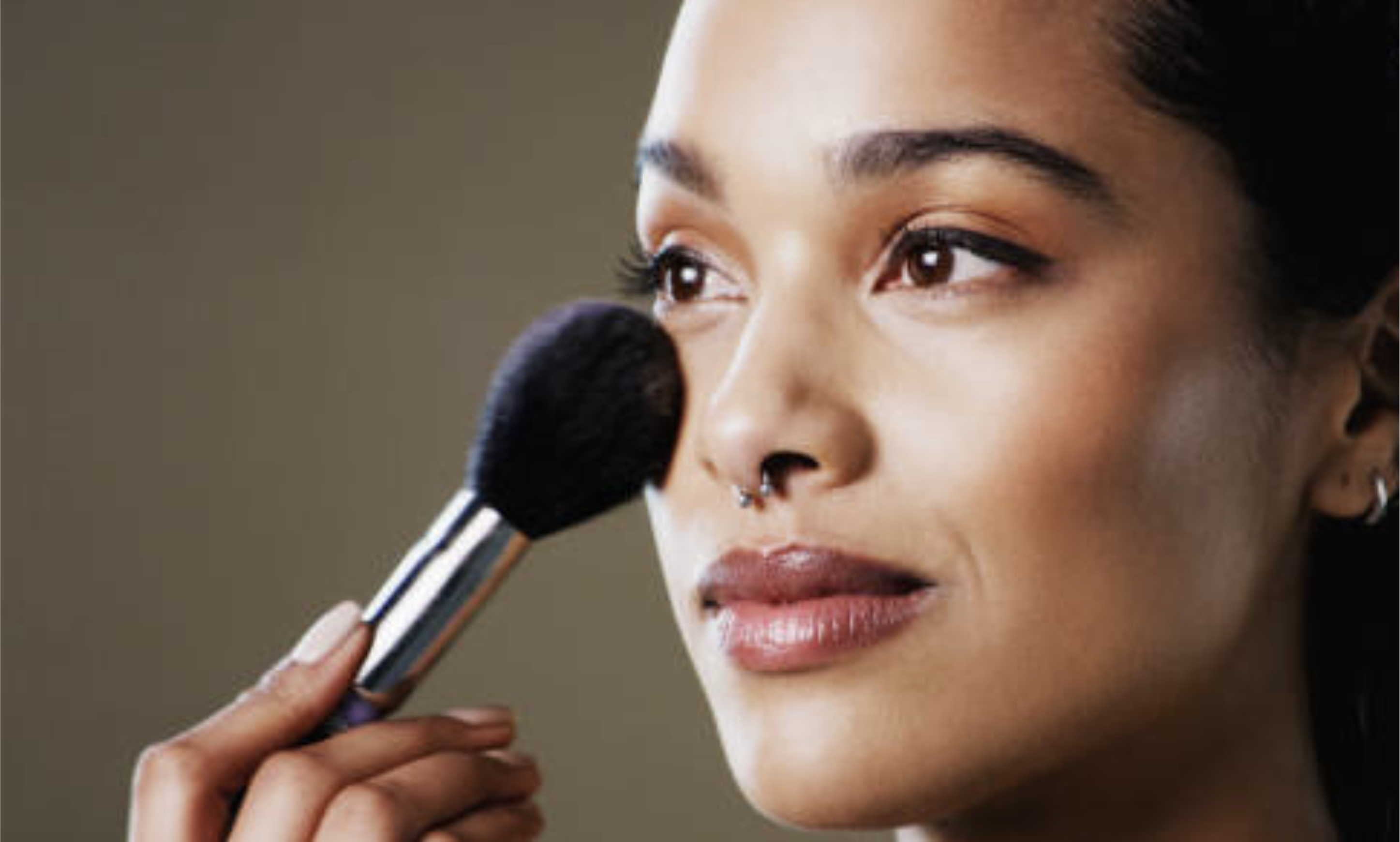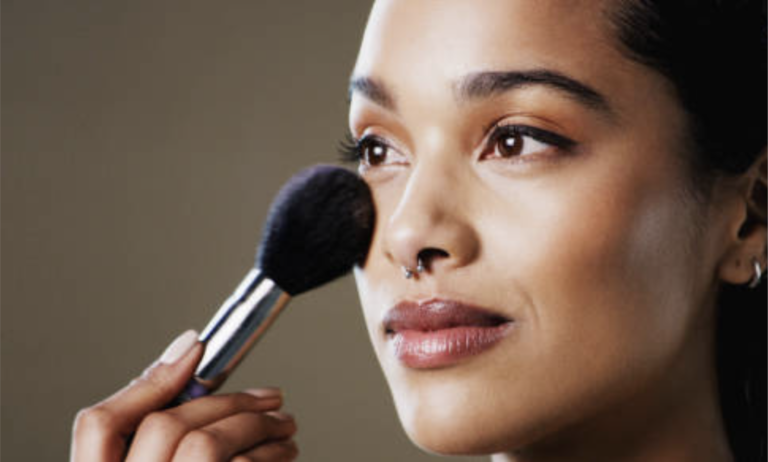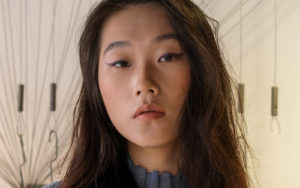
Comprehensive Instructions on the Art of Contouring
Makeup artists have relied on contouring for years, and for good reason. Contouring may enhance your makeup appearance by drawing attention to your facial features and highlighting your bone structure in many ways, such as by defining your cheekbones, shaping your jawline, or accentuating your distinctive face shape. This cosmetic method may appear difficult at first, but believe us: it’s not as hard as it seems (yes, we’re looking at you, winged eyeliner).
In this article, you will learn which products work best for contouring, how to contour in a step-by-step instruction, and how to adjust your contour to fit your face shape.
Simply put, what is contouring?
Making use of cosmetics, “contouring” is a way to “shape the face.” You may use this method to subtly “fix” facial characteristics or trim down certain parts of the face. If you want to make a certain part of your body seem bigger, you might use contouring to emphasize its features.
As a general rule, contouring should be used instead than highlighting. Contrasted with contouring, which darkens areas you wish to define or retreat, highlighting “highlights” facial features by adding light to certain places. “Contouring” is the practice of blending shadow and highlighter to create the illusion of facial features.
The natural depressions on your cheeks are a popular place to apply contouring. Using a deeper shade here will cast a shadow, giving the impression of higher, more pronounced cheekbones. However, other features, including as the eyes, nose, brow bones, cupid’s bow, and jawline, may be sculpted as well.
Explain the Distinction Between Contouring and Bronzing
There is a little but noticeable difference in the way these two cosmetics work to give your face more definition. Contouring provides definition, while bronzer provides warmth (imagine a gentle, sun-kissed glow). In addition, most contouring products are only available in a matte finish, whereas bronzers may have a shimmering or matte finish.
Don’t understand? Not to fear, we’ve got a separate tutorial that explains the difference between contouring and bronzing.
How About You Tell Me, What Should I Use for Contouring?
Here, we’ll discuss three of the most common cosmetics utilized in this method.
The majority of contour kits are powder-based palettes, such as the SMASHBOX COSMETICS Travel Contour Palette. For first-timers, this contouring product is ideal because of how quickly and simply it can be layered. If you’re just starting out with contouring, a powder is going to be the softest approach and simplest to blend. Applying contour powder using a dedicated contour brush, such as the SHAINA B MIAMI Contour Brush, yields the most natural-looking results.
Most contour powders have a matte texture, making them well suited for oily skin. It’s possible that one of the other two contour options below might be more suited to your skin type if you have older or dry skin.
Cream contour sticks aren’t as easy to mix as powder, but the color is far more intense and long-lasting, as shown by the TRSTIQUE Color + Contour Bronzer Stick. You’ll need to use a cosmetic sponge to blend out any hard lines caused by using a contour stick.
This contouring formula is ideal for achieving a fresher, more subtle appearance. Powder settles into fine lines and wrinkles and draws attention to them, making them less noticeable, making it suitable for those with these skin issues.
For someone a bit more accomplished, using cream or liquid products for either a natural or glam finish to their makeup. Always use a liquid base, such as a cream or liquid foundation, before applying a cream contour, since powder won’t stick to it.
Shapes in the Water
You may also use a cream or liquid foundation to create a contour effect if you want. To get a perfect appearance, though, you need use a deeper shade than usual. The general rule of thumb for choosing a contour shade is to go two shades darker than your actual skin tone. Check to see whether the undertones of your skin are a good match for this color. To avoid any lumps or uneven coverage, choose a concealer like MORPHE’s Fluidity Full-Coverage Concealer that shares a formula with your overall foundation. Blending out liquid contour with a makeup sponge is the same as blending out cream contour. Cooler tones imitate shadows, which makes for more realistic facial sculpting when used in moderation.
Now that you know which contouring product would work best for your face, you may follow these steps to properly apply it.
Step 1
First, put on some base and primer.
You should start your makeup application the same way you always have, with moisturizer, a primer, and either a powder or liquid foundation (depending on preference and skin type).
Use a beauty blender or a fluffy brush, such as the F.A.R.A.H Flat Foundation Brush, to apply your foundation. The use of a finishing powder or setting powder is recommended when applying a powder foundation.
Step 2: Mold Your Brows
The powder contour and the contour brush are the best tools for the beginner contour artist. (Are you at a loss for a contouring brush? Here, we’ve compiled a list of the top ten contour brushes on the market. You should start by softly dusting contour down your hairline and blending it outward from your temple to the middle of your forehead.
Step 3: Sculpt Your Cheekbones and Jawline
Once you’ve blended the contour around your hairline, you may go on to the apples of your cheekbones. (Pull in your cheekbones if you are unsure of the location. Can you make out the hollow that emerges immediately behind your cheekbones? (That’s all there is to it. The indentation should be brushed along toward the nose and out again.
After you’ve finished blending the contour along your cheekbones, do the same from the base of your ear to the beginning of your chin. The sum of these procedures should look like the number three.
Step 4: Sculpt Your Nose (If You Want)
If you want to take your contouring routine to the next level, try adding some shading to the sides of your nose. The first thing you should do is run some highlighter around your nasal bridge. Apply two lines of contour in your usual shade on each side of the highlight (along the sides of your nose) and blend well.
Step 5: Applying a bronzer and a highlighter
Highlighter and bronzer should be the last touches before you call it a day. Check out our best highlighters and finest bronzers for a tanned glow lists for our top product recommendations.
Face Contouring: Tips for Every Shape
As you get experience with contouring, consider tailoring your application to complement your unique facial structure.
“It’s important to tailor your approach to each individual face, since they all have their own unique characteristics and aesthetic. But apply a darker, cooler shade just under the cheekbones and very towards the jawline lends a lifted aspect to the face, blurring out hard lines to produce a more natural impression.
Round face
If you are round face, and tend to have less defined cheekbones, you can try to contour beneath cheeks, to create the appearance of more prominent cheek bones. You should begin applying contour at your temples if you have a round face shape.
Next, work your way down to the nooks and crannies right below your cheekbones.
Then, circle back around to your outer cheek and down down to your jaw. When combined, these two actions should form a little three-like motion, much like the one we demonstrated in the last lesson.
Square Face
One way to do this is to start by gently sucking in your cheeks to reveal the natural depressions there. When you have located that line, softly contour the region on both sides of the face. Focusing on “softening the temples and the jawline with contour” when deciding where to apply makeup.
The next step is to dust contour your jawline, beginning from the point just behind your ear and ending where your jawline meets your chin.
Apply a thin layer of contour along your hairline as a last step.
Rectangular Face
Fill in your cheek hollows with some contour. If your face is roughly rectangular in form, you should avoid putting contour in the middle of your face. Hold it closer to the sides of your face.
Proceed to the top of your head, where you should begin applying contour in the middle of your forehead and end just before your temples.
Next, contour the area around your jaw, finishing approximately midway down your chin.
Apply a little amount of powder contour under your chin’s middle.
Oval Face
Customizing contour is simpler for those with oval features since it is mostly applied to the cheeks. Just use a little contour on the apple of your cheeks and smooth it out.
You don’t need any contouring done to your small forehead and jaw.
Heart-Shaped Face
For those with heart-shaped features, Contouring around the temples of the forehead.” If you do this, your face will seem more symmetrical. First, apply the contour in a sweeping motion from the middle of your forehead to either side of your temples and then down to your hairline.
Sweep downward into the hollow of your cheeks, in towards the apples of your cheeks, and out again.
Endnote
An excellent contour look needs a great and quality contour product to make it. At Seny Beauty, we have one of the best contour production lines in China to cosmetic manufacturing with the most innovation and great quality. In the past, we have worked for over 100 brands in collaboration of producing contour products. Including Sigma, Florasis, Revolution Beauty and etc. Therefore, if you would like to handle the contour skills mentioned in this article or you want to create your own contour product which can achieve these effect when using, please contact us anytime!



